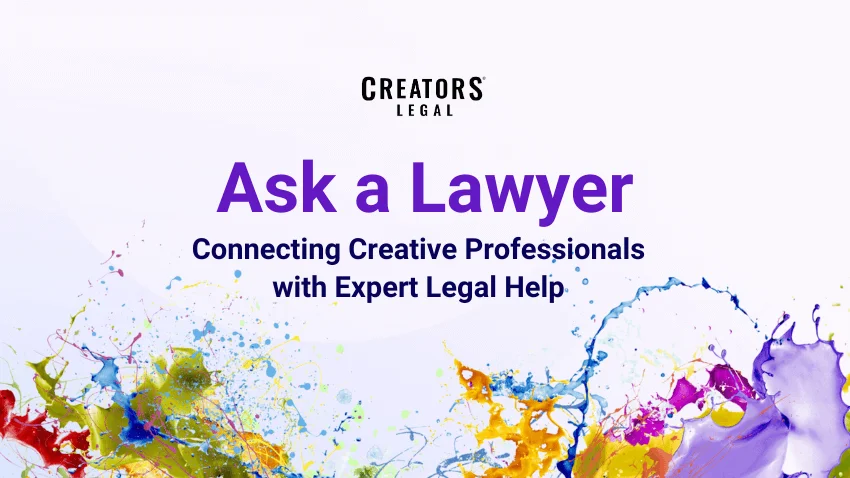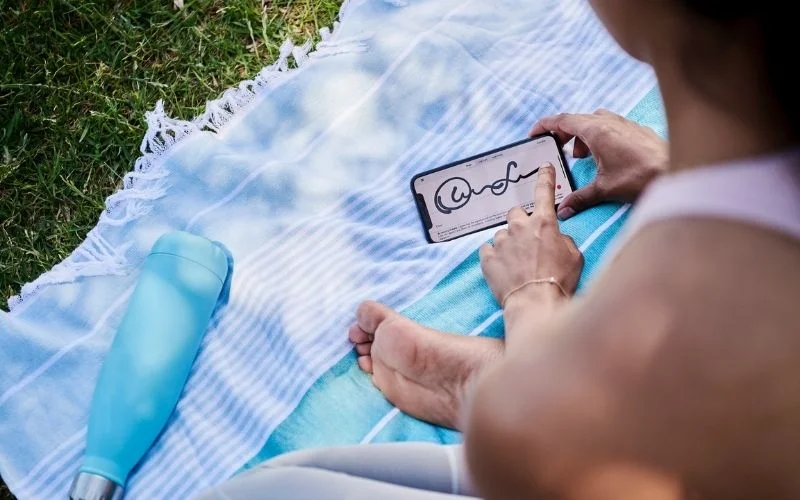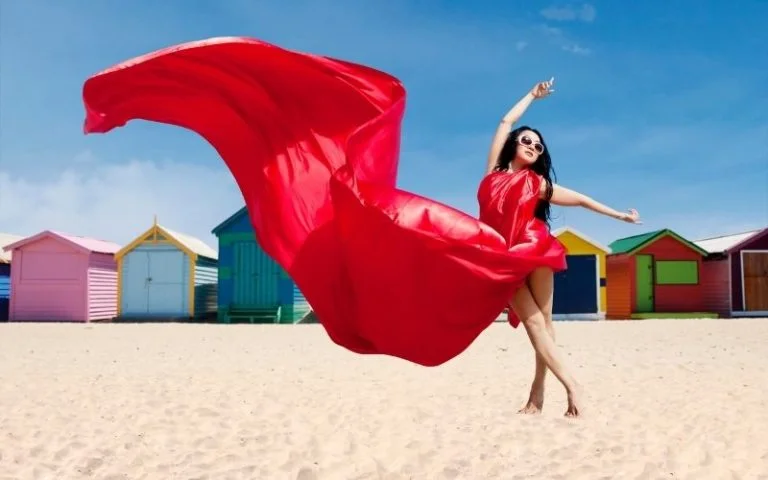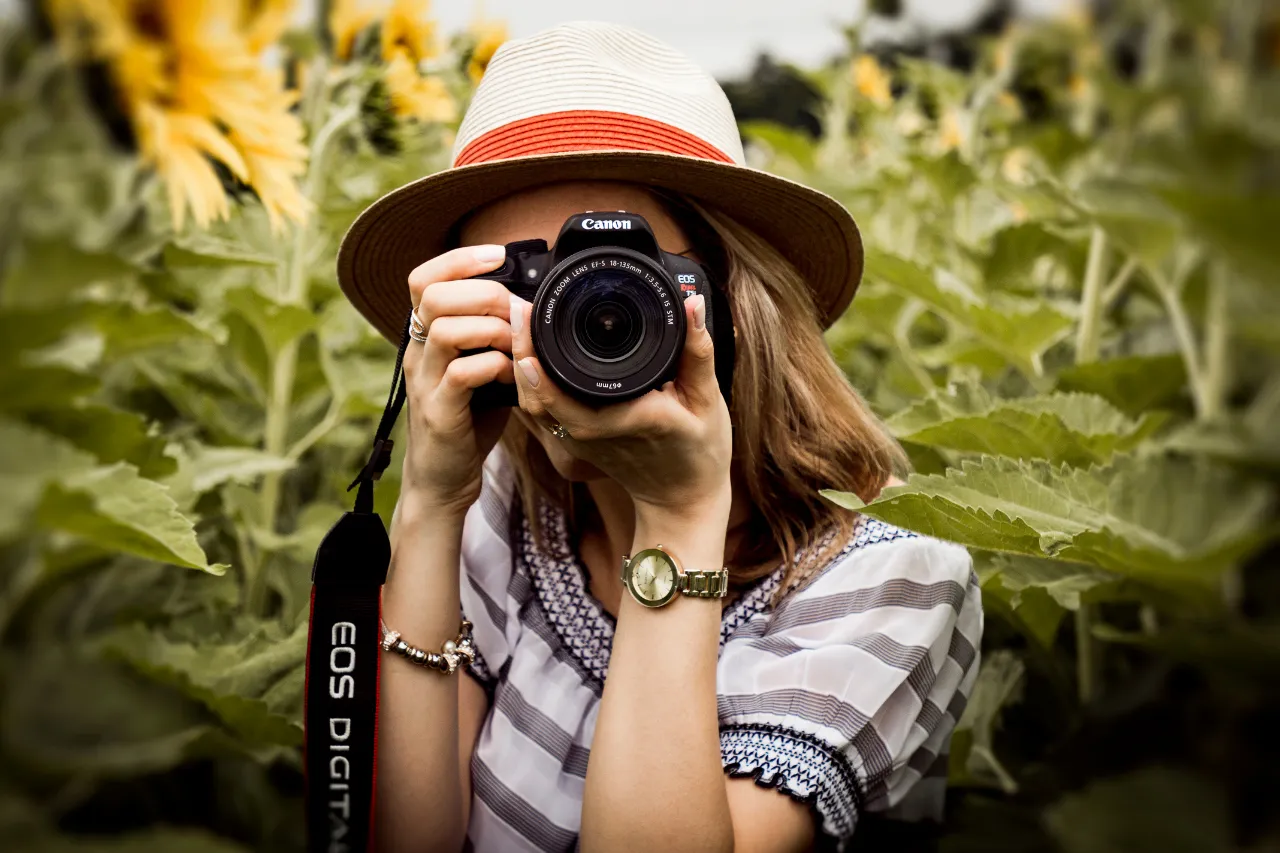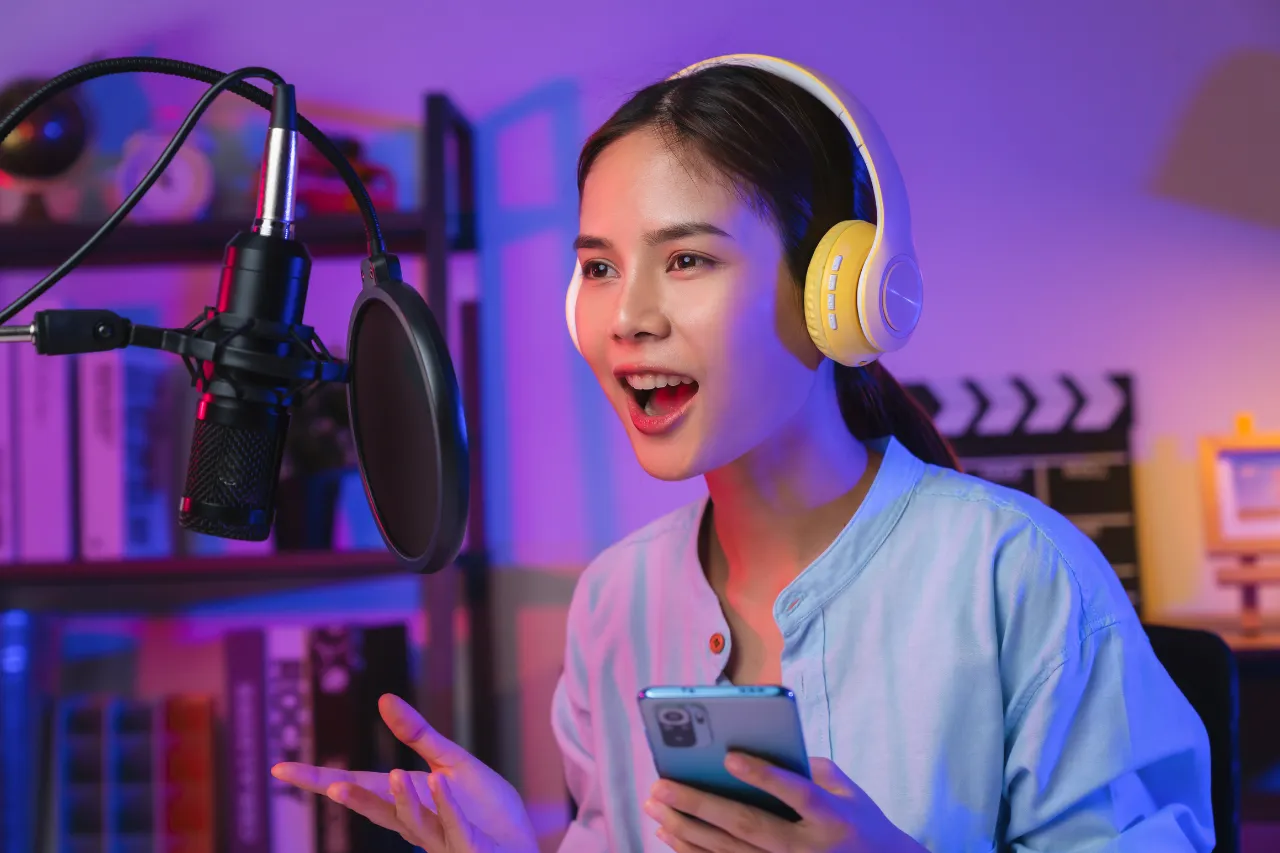Do you want to learn how to sell NFT work as a digital artist? Many artists and collectors are already taking advantage of this ‘digital art collective’ model and profiting handsomely. According to Nonfungible.com, over $400 million in NFTs have been traded on NFT marketplaces during the last three years. The market for these digital assets is still growing and will most likely continue to do so in the future.
As an artist, how do you get a piece of the pie? Begin by reading our explanation of what an NFT is and how it operates. The next step is finding out where you can sell them once you have that knowledge and some cool art you want to sell as an NFT. This blog post will cover a step-by-step guide on how to mint your first NFT!
NFT: Six Simple Steps To Follow
Step 1: Concept decision
If you’re not sure about the beginning, start by establishing an NFT loyalty card or a special code for your consumers. You can also draw inspiration from a few NFT art concepts. Concentrate on giving true value to your audience. Giving folks your NFT access to an exclusive club or a premium service is a fantastic example.
For example, Megan DeMatteo, a crypto explainer aside from his employment as a financial journalist, has developed an interest in all things related to astrology. He noticed Juno was really active in his recent astrological chart with astrologer Noah Frere. As a result, he chose the stormy connection between Juno and Jupiter, two gods from Roman mythology, as the subject of his first NFT collection.
Plus, he knew he wanted to explore the tension between love and obligation through the lens of dedication following a great conversation with his business coach, Lisa Fabrega. As a result, he decided to give his poetry alter ego a name – after all, every artist needs one, right?

,Step 2: Decide the NFT platform
The technical abilities needed to create NFTs on OpenSea are identical to those like Myspace in 2006. Before deciding on a blockchain, there are a few things to think about:
- Transaction fees
- Because your audience is your potential buyer, the types of cryptocurrency they own.
“There’s a typical misperception that you are required to be a techie to participate in crypto,” said Denise Schaefer, co-founder of Surge, a blockchain education platform. Although when minting in marketplaces like Rarible or OpenSea, you may notice NFTs as an excellent entryway into the ecosystem that does not need any technical ability.
Here are some NFT platforms that you can use as a beginner and can make money:
1. OpenSea
Ethereum and Polygon are the blockchains used.
For all forms of NFTs, OpenSea is popular and simple to use. The Ethereum blockchain is known for its expensive service costs, or “gas,” but OpenSea now includes a slow mint option. Without incurring gas fees, the artist can upload their work, “mint” it to their profile, and advertise it for sale. The collector will cover the gas costs when they purchase it.
What do you need to know?
A wallet for Ethereum (e.g. MetaMask, Coinbase or dozens of others).
Creator fees: 2.5% of your sale
2. Rarible
Ethereum, Flow, and Tezos are blockchain used. Rarible enables creators to mint NFT creations like books, digital art, music albums, and films. The entertaining options include the opportunity to give a “sneak peak” of your product to anyone visiting Rarible, but only enables purchasers to see the entire project.
In the same way, Rarible is popularly known for being a community-owned and operated NFT marketplace. When you use Rarible’s unique token (ERC-20 RARI), you become the owner of the Rarible project. This is a fascinating feature, but it can be a little beyond if this is your first mint.
What do you need to know?
A wallet that works with the blockchain of your choice.
Creator fees: The cost of minting varies based on the blockchain you use, although it is possible to do so for free.
3. Objkt
Tezos is the blockchain used. Objkt, which started out as a secondary market, now allows artists and producers to mint straightforwardly on its platform. Plus, it’s popular among literary NFT creators, and Sasha Stiles and Ana Maria Caballero, co-founders of theVerseVerse, use it.
What do you need to know?
Choose from the following wallets that are compatible:
- Umami
- AirGap Wallet
- Spire
- Temple Wallet
- Galleon
- Kukai Wallet
Creator fees: 2.5% for all successful sales
Step 3: Connect with the community
Prepare to tweet and direct messages. You’ll need to knock off your Twitter account if you want to start generating NFTs. You’ll also need to sign up for Discord, a Slack-like messaging network for gamers and cryptocurrency enthusiasts. Expect to obtain most of your knowledge and establish genuine relationships through these methods.
When it’s time to sell your NFTs, your community will be your best marketing resource. It may sound cliche, but you don’t need to spend a lot of money on complicated marketing strategies to have a successful product.
Irrespective of how low or high the market is, the community is so enthusiastic and continually tagging our project in different things,” said Maliha Abidi, whose Women Rise NFT collection debuted in November 2021 & sold out in fifty days, producing 2,000 ETH in trading volume.
We haven’t spent a single dollar on promotion so far, but we were just published in Vanity Fair yesterday and Rolling Stone today,” Abidi told CoinDesk on Jan. 19.Even 1-of-1 makers – artists who produce one-of-a-kind works of art rather than algorithmically produced avatars used as Twitter profile images – appear to believe that friendship can go a long way.
Step 4: Create your NFT art
Let’s get back to the example of Megan DeMatteo. He asked his mother to send him an old iPad she wasn’t using and enrolled in an online illustration program at the Baltimore Academy of Illustration to begin translating his poems into art.
To practice recording audio snippets in iMovie and GarageBand, he purchased an Apple Pencil, downloaded Photoshop for iPads, and connected it to his Yeti microphone (which he already had). Next, he dug up some old graduate school poetry, went on a walk around Manhattan brainstorming ideas, and got a notepad to start jotting.
Every artist has their own method, but you must consider how your work will transition to the digital medium no matter what. To make your first NFT, follow these steps:
- Make use of the materials and tools you already own.
- As needed, invest in new technology or knowledge.
- Find other creators to collaborate with and learn from.
- Believe about those you think will enjoy your work and keep them in mind as you develop.
- Choose whether your NFTs will include visual, audio, or written elements, or all three.
- Pick a file type. JPG, PNG, GIF, SVG, MP4, WEBM, MP3, WAV, OGG, GLB, and GLTF are all supported by OpenSea.
- Consider the file size. The maximum filesize for OpenSea is 100 MB.
- Consider accessibility.
Don’t put yourself in a box too fast or limit your ideas about what’s possible. Consider NFTs an opportunity to attempt new things unless you have a definite aesthetic like Abidi, an accomplished painter. Since NFTs are a new art form, you need to adapt your message to fit the new medium.
Alternatively, you can hire a freelancer or artist to create art for you. Plus, remember that you should have an NFT commission contract in place.
Step 5: Mint and Share
The minting process in OpenSea is so simple that you will keep expecting a clown to appear and inform you that you’d been duped.
It’s as easy as uploading your files, entering your Collection’s description, creating your profile, calculating your royalties (for when your art is sold on a secondary marketplace later), and finishing your listing.
You’ll be able to see your NFT on your profile once you’ve minted it. Data on the blockchain is open to the public and may be accessed by anybody. The history of your NFT’s purchases and sales will be available in perpetuity, allowing you and potential investors to keep track of its value.
Step 6: Sell your NFT
It’s time to put your NFT on the market after minting. If everything went nicely, you should now have an NFT for sale on Rarible, OpenSea, or both. However, as dealers have told us, that’s not going to get you very far — as you’ve seen, the process is rather complex, but the gold rush-like atmosphere surrounding NFTs has prompted many people to try their hand at producing one.
If you want your work to sell, you’ll need to find a way to stand out from the crowd, whether that’s through clever marketing or creating truly remarkable work (and then probably doing some snazzy marketing). That work, on the other hand, we’ll delegate to you.
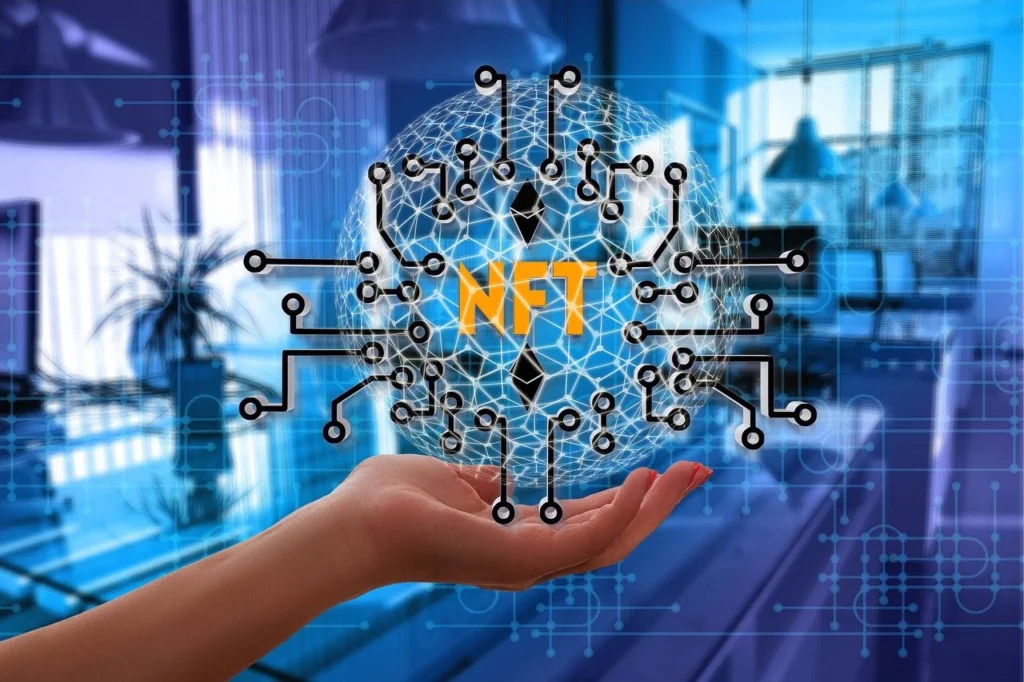
How to do it via OpenSea
- Sign in to OpenSea (in the top right corner of the website). Do it through the Metamask wallet. Approve the transaction, which is designed to secure the wallet.
- The website will take you to the account page after completion# Choose a username and a bio.
- Give the email address and proceed with the verification.
- When you come back to OpenSea, go to the top right, select Create, and then Submit NFT from the dropdown menu.
- In ‘Create New Collection,’ click Create.
- Name the Collection, a description (1000 characters), and a logo (350*350 pixels).
Verification process
- Wait for a message verifying that the Collection has been created, and then click on Save.
- Now, on the next page, click Edit to change things like the header image, the connection to your social media accounts, the payment currencies and royalties, the display themes, and others.
- Come back to the Collection’s page by Submitting Changes.
- To create your NFT, go to Collections and select Add New Item.
- Upload the artwork together with any other required information, such as a description and an external link.
- Fill up the Properties, Levels, and Stats fields y filling in the details such as the year of creation and the edition of the NFT you’re uploading, like 1 of 5. Since OpenSea only enables you to mint one NFT at a time, you can upload another edition under the same Collection.
- Create the transaction and authorize it using Metamask.
- Congrats! You’ve just received your very first NFT.
- Move back to the Collections tab and toggle the option to submit your Collection to OpenSea for assessment and approval.
- When your art is pending approval, it will be available to the public with the Unapproved Collection tag or warning sign.
- When your NFT appears on OpenSea listings, it will have the Approved Collection tag once it has been approved (which could take a few hours or days).
- Select Sell from the dropdown menu for one of your art items.
- Select Post Your Listing after selecting your price model (fixed or auction).
- In order to sign the transaction with Metamask, follow the wallet prompts.
- Once the approval of the transaction on the network, your NFT will be available in the public domain.
Final verdict
The road to minting your first NFT painting may be bumpy. It may, however, be worthwhile, particularly if your goal is to reach out to a completely new audience with your amazing products.
The market will expand as more digital artists learn how to use the opportunities given by NFTs. Being a first-mover gives you a leg up on the competition in terms of educating others and staking a claim in an industry that many believe is far from reaching its full potential.
Who are we?
Creators Legal is the first and only legal platform for content creators. That’s to say, it is made for content creators to get simple, straightforward, and trustworthy contracts. All in a fast, easy-to-use platform.
The NFT (Non-Fungible Tokens) Commission Agreement is between an NFT producer and an Artist to create art suitable for NFT development and deployment. This Agreement consists of all the important terms and conditions. Such as the compensation, number of NFT’s to be created, delivery, and ownership rights.
With a powerful form builder, a safe e-signature system, and your own personalized dashboard to store and organize all your contracts. Also, you can get yourself protected in minutes without the need for expensive entertainment lawyers! Want to learn more? Explore CreatorsLegal.com, where you can get all contracts for your creation!
Also explore: The Content Creator’s Guide to Non-disclosure Agreements, Part 1
The Content Creator’s Guide to Non-disclosure Agreements, Part 2
